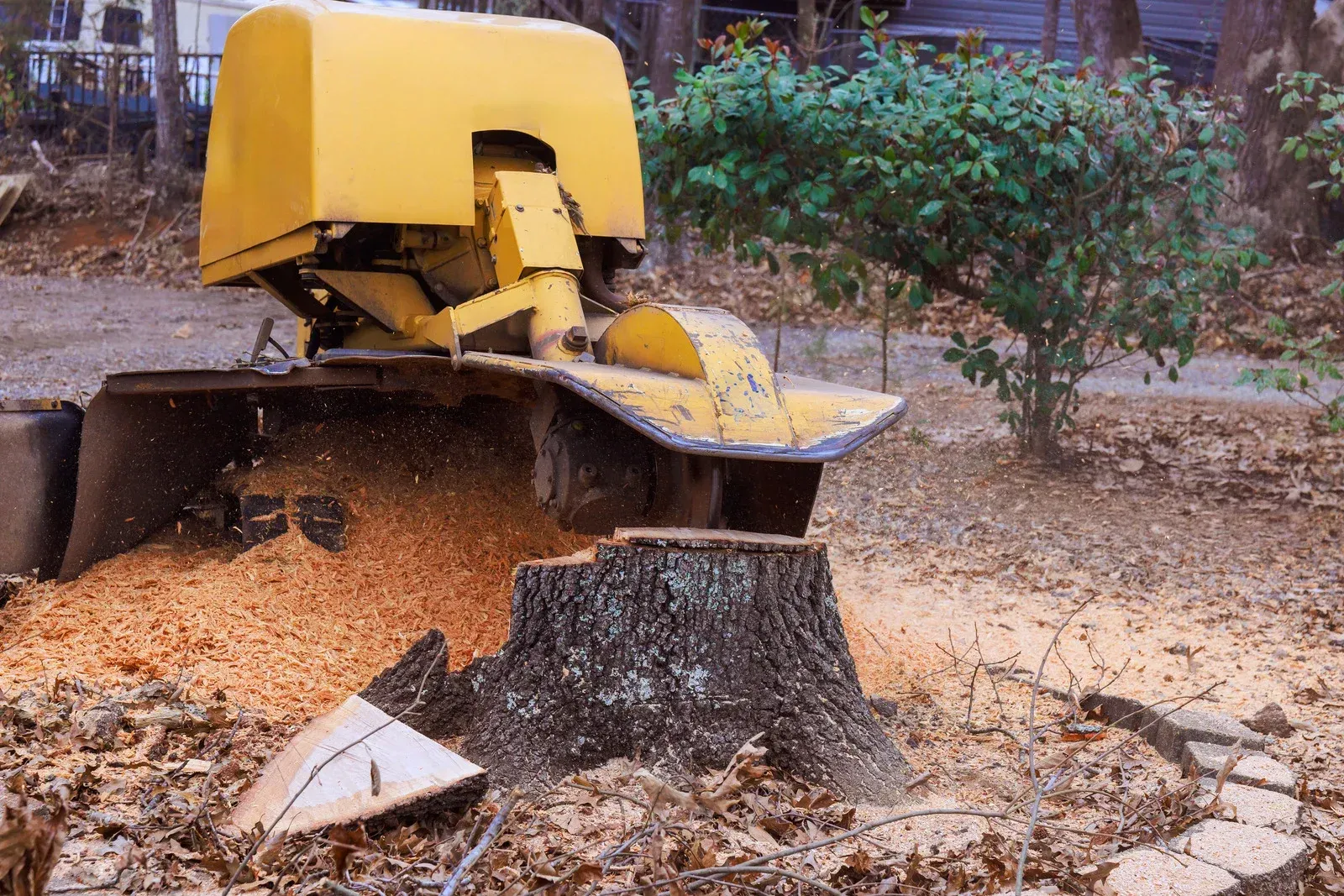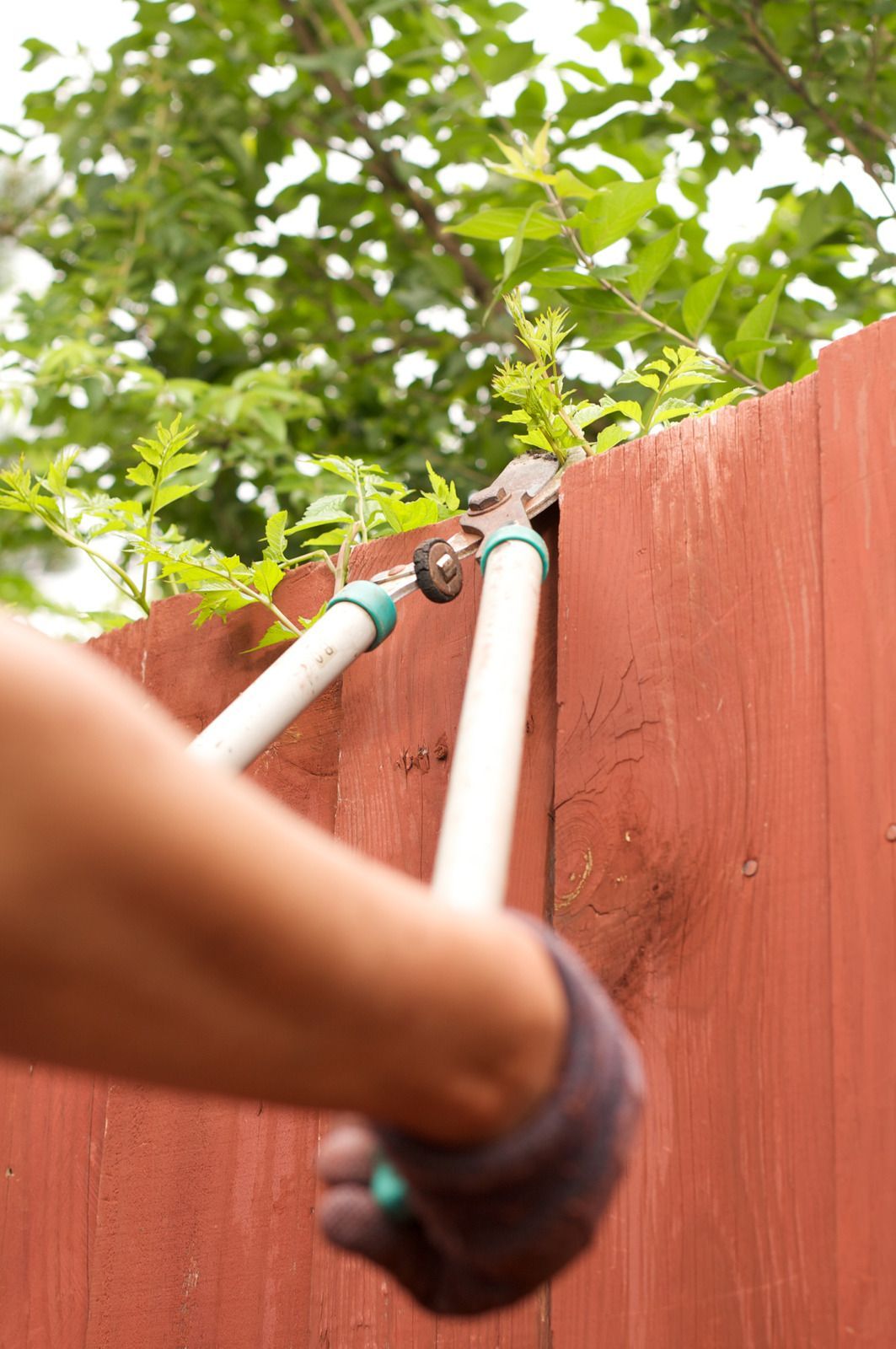5 Signs Your Tree Needs Professional Attention
In the embrace of nature, our residential areas and parks are adorned with trees that do more than enhance the scenic beauty; they are vital participants in our ecosystem. Nevertheless, like all living beings, trees might occasionally stumble upon health issues, necessitating the insight of a seasoned specialist to reclaim their vigor. Spotting the preliminary warnings of trouble can aid you in implementing timely measures and warding off impending dangers.
1. Noticeable Changes in Leaf Appearance or Shedding: When in the pink of health, trees are adorned with lush and lively foliage during their growth periods. Yet, if you observe a sudden deviation in leaf color or an untimely shedding, it’s a clear indication to be on high alert.
Prompt involvement by a tree specialist can ascertain the root cause and propose viable remedies
2. Manifestations of Trunk Deterioration or Rot: The trunk stands as the tree’s backbone, offering steadfast support. Any apparent signs of deterioration or decay, including fissures, cavities, or the emergence of fungi, are harbingers of potentially severe complications. These manifestations could denote an internal rot or weaken structural integrity, putting your property and loved ones at risk.
A specialist will undertake a comprehensive assessment of the damage and provide guidance on whether the tree can recuperate through specific therapies or if its removal is a more prudent choice. This expert opinion can prevent potential mishaps, safeguarding the tree’s healthy evolution.
3. Fragile or Intersecting Limbs: Though trees naturally exhibit an aesthetic growth structure, their limbs sometimes evolve in manners that pose more danger than beauty. Limbs that crisscross each other often damage the tree's outer layer, exposing it to infections. Also, fragile limbs might snap abruptly during stormy weather, endangering nearby objects and individuals.
A professional from a tree service can perform methodical trimming to eliminate these hazardous limbs, encouraging healthier growth trajectories and minimizing imminent dangers.
4. Complications in the Root Zone: Root complications are often hidden from view as they develop beneath the ground. Yet, indicators of root-related issues are discernible symptoms like elevated soil sections, the appearance of fungi at the base, or a tree showing signs of tilting. These disturbances might imply the tree is grappling to root itself firmly or to uptake adequate nutrients and water.
Seeking the advice of a tree professional can uncover and address root complications before they exacerbate, consequently conserving the tree’s health and stability.
5. Pest Intrusion: A tree turning into a habitat for pests can rapidly metamorphose into a hotbed for various diseases. If you detect an increase in insect activity or abnormal protrusions on the tree, it might be experiencing a pest intrusion. A tree expert can pinpoint the pest type and apply the correct treatment.
Trees play a crucial role in our surroundings, bestowing multiple advantages and elevating the aesthetic appeal of our landscapes. Recognizing the early signs of distress and enlisting professional aid can assure their health and longevity. Let us grant our verdant companions the consideration and vigilance they merit to thrive for numerous more generations.



